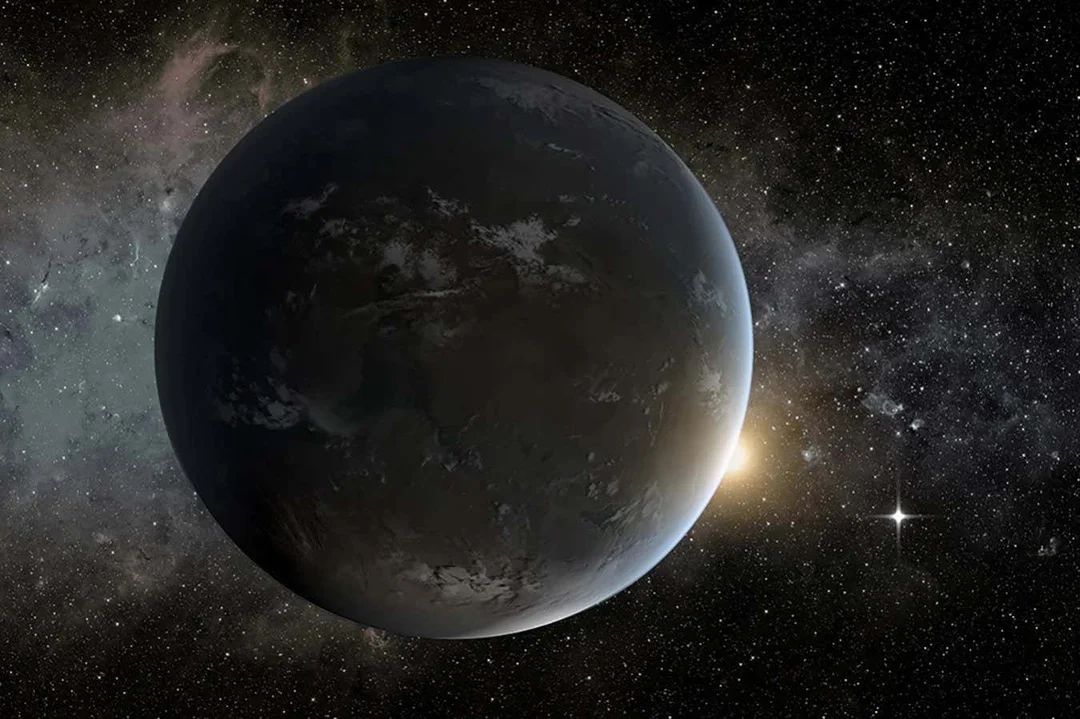
Is There REALLY Life on K2-18b? New Studies Cast Doubt on Initial Claims
Remember the buzz in April when astronomers hinted at potential life on the exoplanet K2-18b, a super-Earth 120 light-years away? The possibility of extraterrestrial life sparked worldwide excitement. However, new independent analyses are throwing cold water on those initial claims.
Three separate studies have scrutinized the original data, which suggested the presence of dimethyl sulfide (DMS), a molecule almost exclusively linked to life on Earth, in K2-18b's atmosphere. The conclusion? “The claim just absolutely vanishes,” according to Luis Welbanks, an astronomer at Arizona State University and an author of one of the studies.

The initial excitement stemmed from observations by the James Webb Space Telescope (JWST). Nikku Madhusudhan and his team detected methane, carbon dioxide, and hints of DMS in K2-18b's atmosphere. On Earth, DMS is primarily produced by photosynthetic microbes in the ocean. However, the signal was faint, leading to further investigation.
Rafael Luque from the University of Chicago and his team re-analyzed the data,combining observations from both near-infrared and mid-infrared wavelengths. While confirming the presence of hydrogen, carbon dioxide, and methane, they found no conclusive evidence of DMS. Jacob Bean, an astronomer at the University of Chicago, stated, “I can just say straight up there is no statistically significant signal in the data that were published a month ago.”
Another analysis by Dr. Welbanks considered 90 different molecules that could potentially exist on K2-18b. Their conclusion: the observed signal could be attributed to several gases, including propyne, a gas used in welding, and not necessarily DMS. This highlights the challenge of interpreting faint light signals from distant planets.
Madhusudhan's team responded with their own analysis, examining 650 possible molecules. They maintain that DMS remains a strong candidate. However, critics argue that this merely supports the existence of other plausible molecules in K2-18b's atmosphere, rather than solidifying the case for DMS.
The debate hinges on the difficulty of observing exoplanets. While the JWST provides unprecedented capabilities, deciphering atmospheric compositions at such distances remains a complex endeavor. Ambiguous light patterns can be produced by various molecules, making definitive conclusions challenging.

Despite the current skepticism, the story isn't over. Renyu Hu at the Jet Propulsion Laboratory has gathered more data, promising clearer insights soon. As Dr. Bean said, “The science is definitely working. It’s going to play out pretty quickly, and I think we’ll have some clarity.”
Is the quest for extraterrestrial life hitting another roadblock, or is this merely a temporary setback? The scientific process demands rigorous scrutiny, and the K2-18b debate exemplifies this. What are your thoughts on the possibility of life beyond Earth? Share your opinions in the comments below!